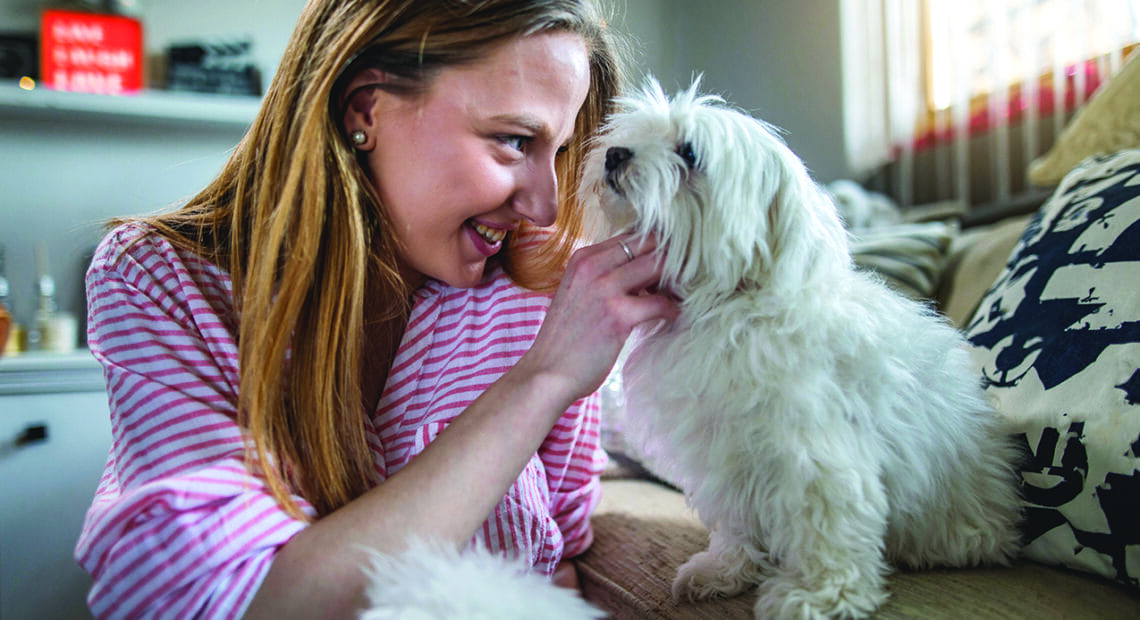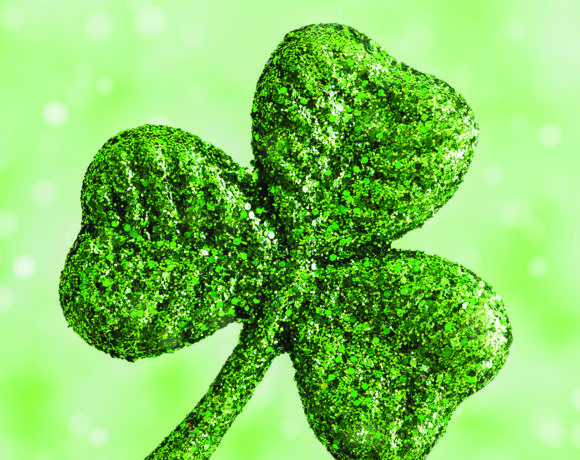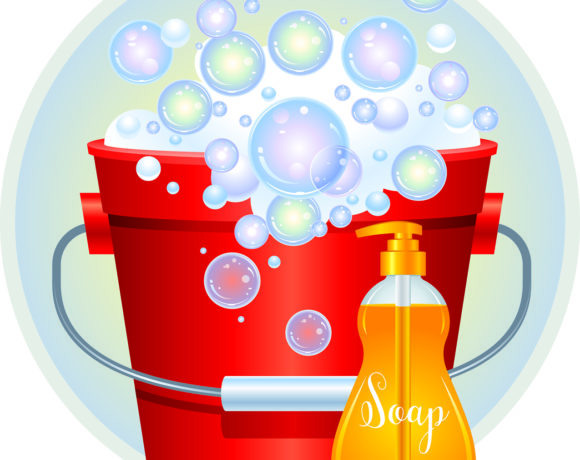Much changes for the better when pets are brought into a household. When a pet joins the family, members now have a companion to enthusiastically greet them when they return home from work or school.
Pets require attention and routine vet visits to stay healthy. Homeowners may need to assess their living areas to ensure that the spaces are as safe as possible for new pets, as there are many potential hazards around the typical home. Unfortunately, those hazards may not be obvious to new pet owners. The following are just a handful of potential pet hazards in a typical home.
Food hazards
Kitchens can be tricky spaces for pets. Cleaners that contain chemicals tend to be stored in kitchens, where hot appliances are periodically on as well. The kitchen also is where people prepare food, including some that could be unsafe for pets. Many foods that are safe for people are not safe for pets, and these include:
• Alcoholic beverages
• Avocado
• Caffeine
• Chocolate
• Fatty foods
• Garlic
• Grapes and raisins
• Onions
• Xylitol (a sweetener)
Chemical products
Chemical products may be unsafe to use around pets. It’s important to read labels and use products accordingly.
• Bleach
• Phenols
• Cleaning products (use all with caution)
• Antifreeze
• Lawn fertilizers
• Ice melt
• Mothballs
• Liquid potpourri
• Paints and solvents
• Fabric softener sheets
• Pest baits
• Swimming pool chemicals
Plants and flowers
While they may be natural and beautiful, plants and flowers can potentially prove hazardous to pets. The level of toxicity may vary depending on the animal that consumes the plant.
• Almond, apricot, cherry, nectarine, peach, and plum trees
• Aloe vera
• Chrysanthemum
• Cyclamen
• English ivy
• Foxglove
• Hibiscus
• Hydrangea
• Oleander
• Poinsettia
Additional hazards
• Ovens, gas or electric burners
• Corded appliances
• Candles
• Ornaments and glass items
• Laundry (ingested socks or other items can cause obstructions)
• Small toys
Caution is necessary when welcoming pets into a home, as a typical living space contains numerous items that can prove harmful to animals.








Recent Comments